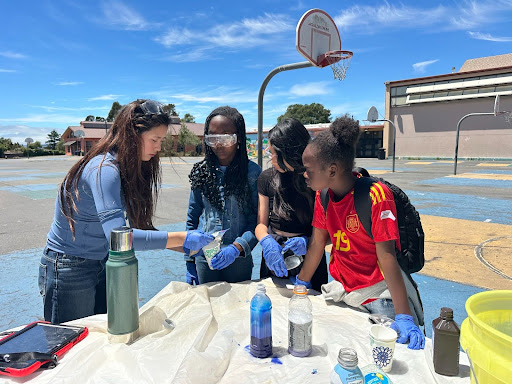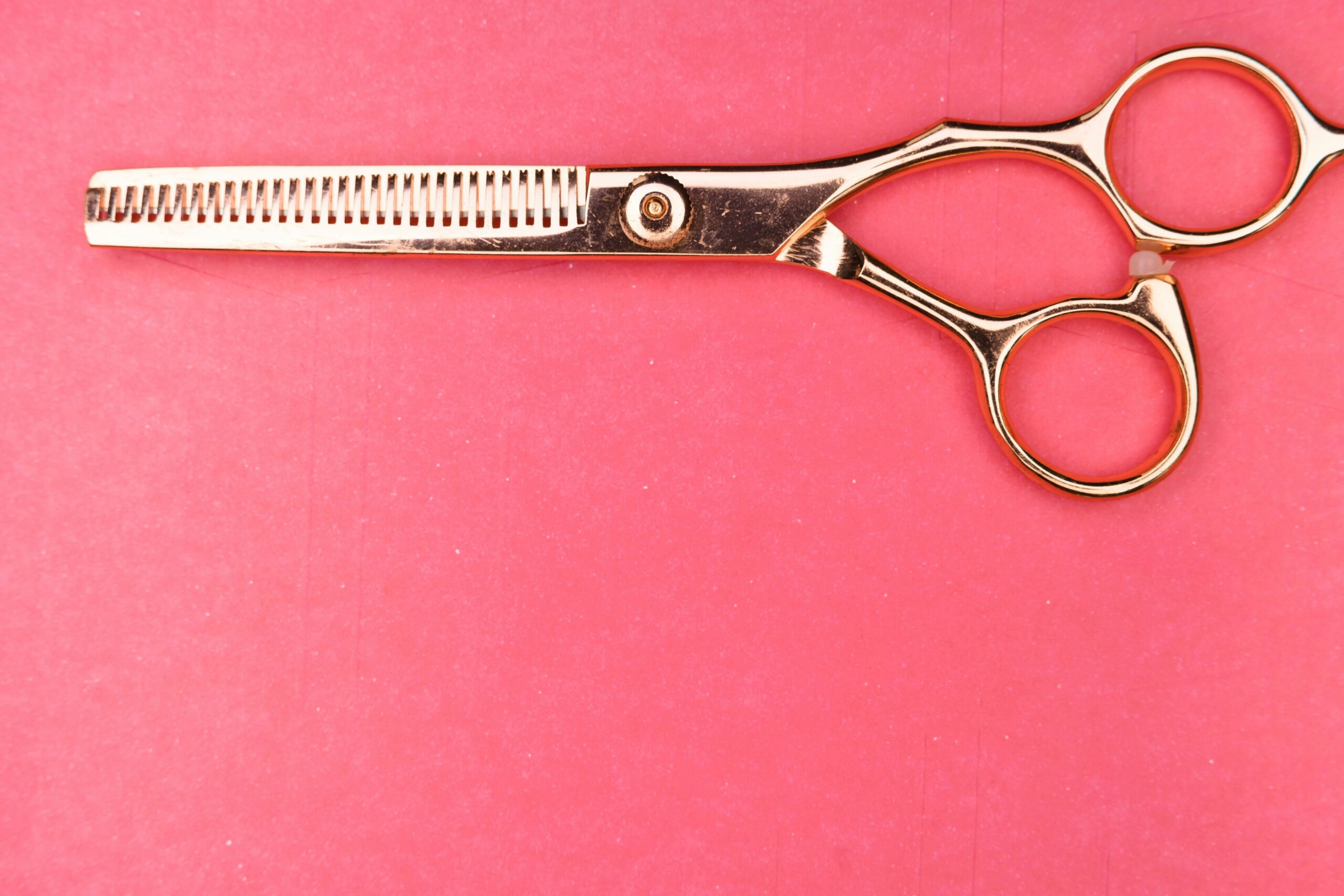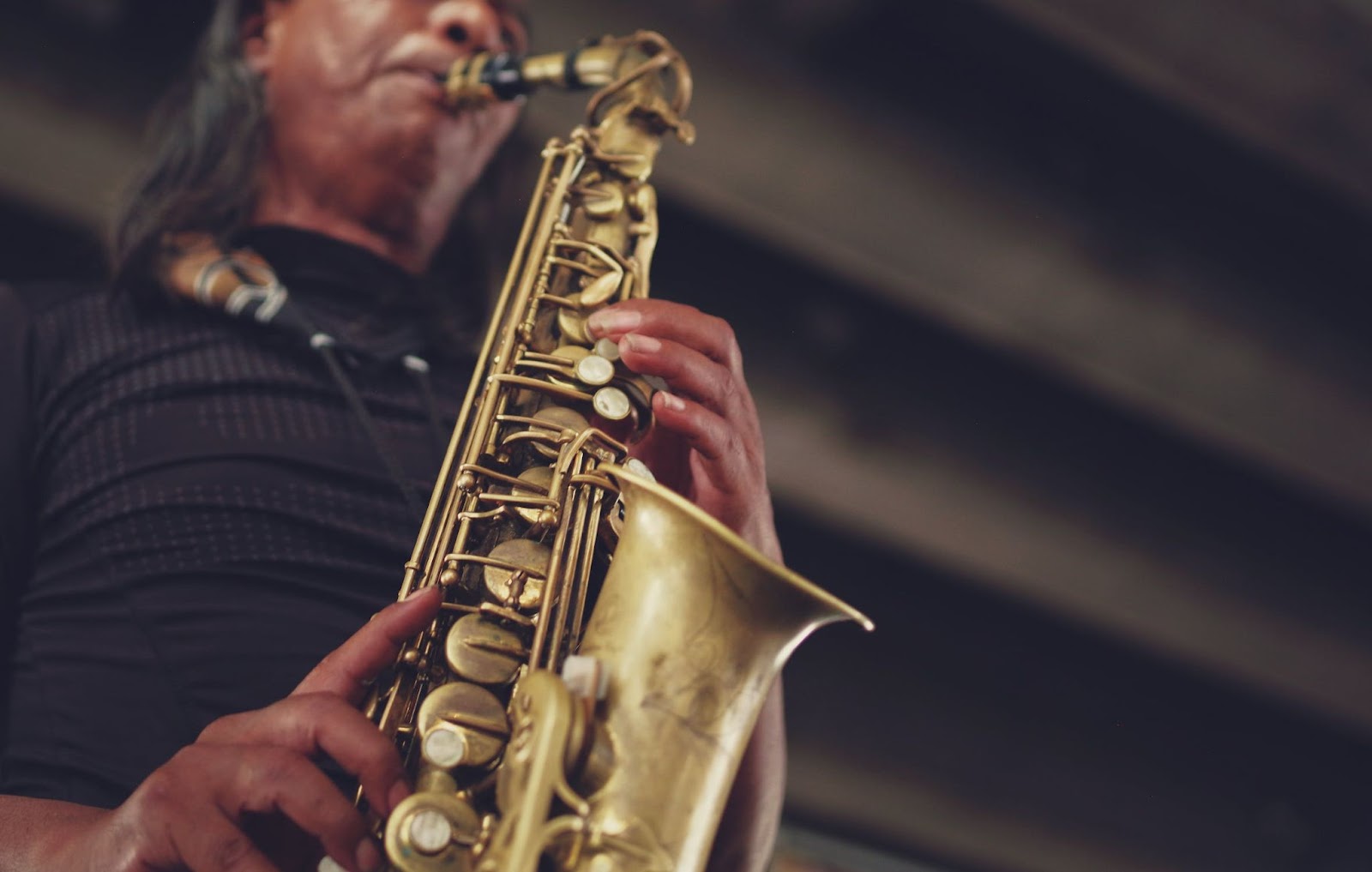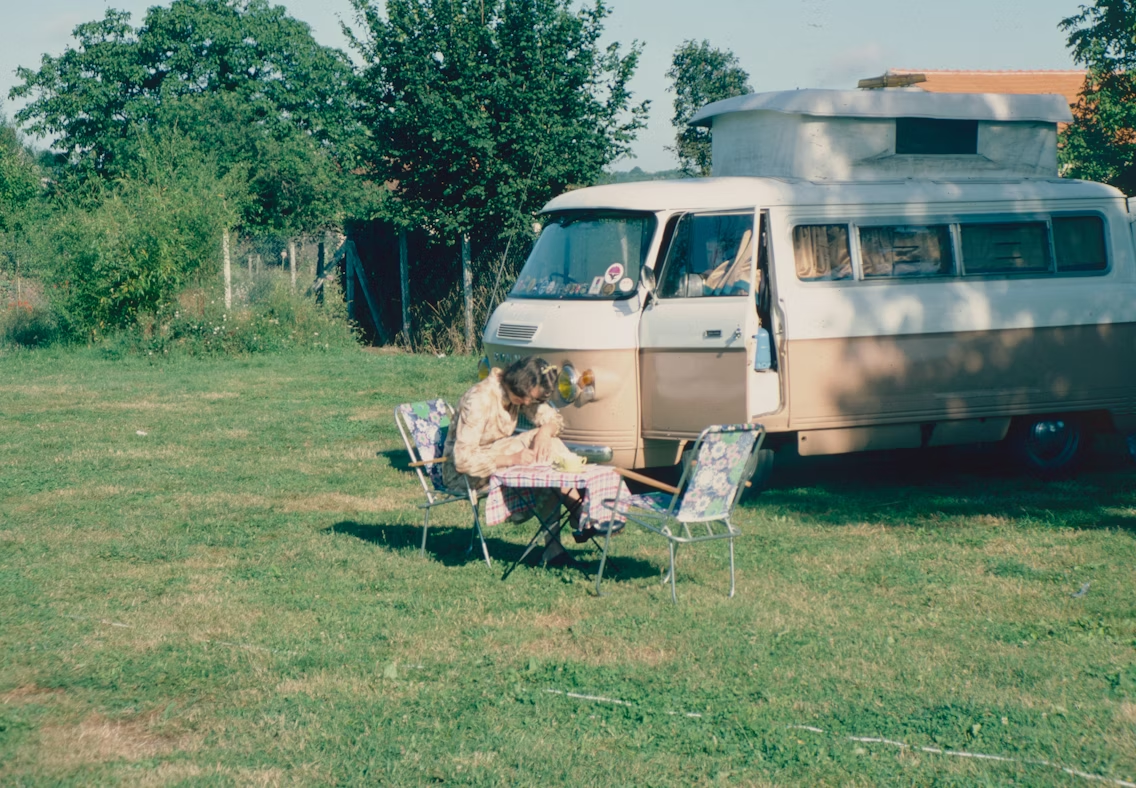Image credit: Unsplash
Ready to heal and support injured falcons, hawks, and owls is the new Los Angeles “raptor rescue,” located in San Dimas. The new Los Angeles County Raptor Rescue Center is the first county raptor rescue program in its history, and the center is setting big goals for L.A. wildlife.
A raptor is an all-inclusive term for birds that hunt and eat rodents, such as mice and rats, by using their sharp talons and beaks, and the new Los Angeles County Raptor Rescue Center has already set a goal to take in more than 200 injured raptors a year.
Inside the L.A. County Raptor Rescue Center’s large training cage are birds of prey, including owls, hawks, and falcons with broken wings and twisted legs that have been repaired, learning how to fly again and feed themselves without human assistance. Aiding the wildlife in returning to their homes in the rural foothills of L.A. County and nearby Angeles National Forest are trained technicians who understand the impacts of wildlife imprinting on humans, which is when a bird attaches itself to a human, erasing its in-bred instincts to hunt, eat, and look for a mate, making it unfit for the wild ever again.
“When we see them out in the wild again, it brings us joy. It is very rewarding,” said Noemi Navar, a Los Angeles County Department of Parks and Recreation park superintendent who heads up the department’s new Raptor Rescue located within the San Dimas Canyon Nature Center. Navar further expressed, “We want to make sure they get placed back where they belong.”
Due to various factors, like climate change, trees are disappearing from neighborhoods and the surrounding natural areas. These trees support nests for red-tailed hawks, kestrels, barn owls, and other birds of prey. As a result, more birds are being injured from vehicle strikes.
Coming to the aid of these injured raptors, the county took over the birds of prey rescue center after the nonprofit Wild Wings folded, which had operated there since 1987. Supervisor Kathryn Barger stated, “We are starting to see many of the smaller nonprofits close their doors, which has left a significant void in the rescue and rehabilitation of these animals.”
Barger contributed $200,000, enough for the county to run the program for a year, said Norma E. García-González, director of the L.A. County Department of Parks and Recreation. The county has also trained its staff and four volunteers from Wild Wings and obtained permits from the California Department of Fish and Wildlife and the U.S. Department of Fish and Wildlife.
California Department of Fish and Wildlife veterinarians will ultimately determine if a bird is releasable, and if not, the bird is kept and cared for as a program “ambassador,” shown during nature talks and education programs. However, the overarching goal of the Rapture Rescue Center is to restore some balance to the ecosystem.
“Birds of prey feed on mice, so they are very important to our ecosystem, yet we are seeing fewer of these raptors in our skies. We want to make sure we are bringing them back and helping support biodiversity,” said García-González.
Since its opening a few weeks ago, the rescue center has had 70 raptors on site and has released 30 into the wild.





































































































































































































































































































































































































